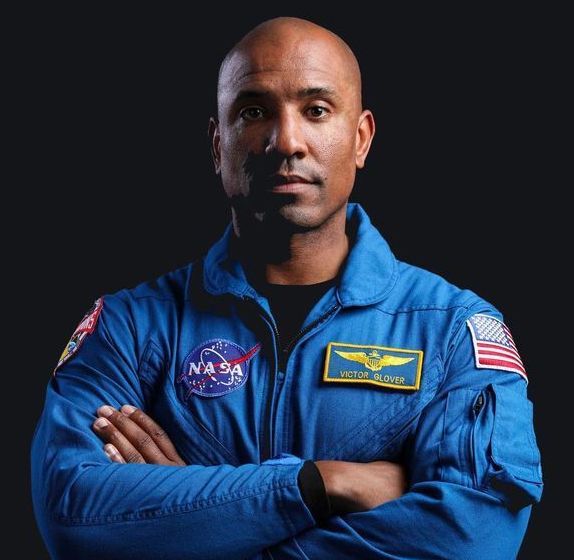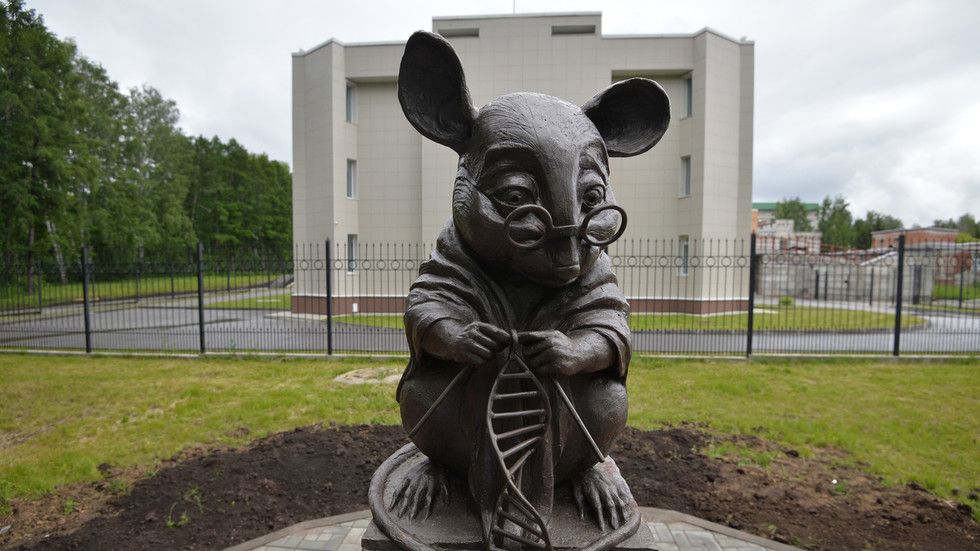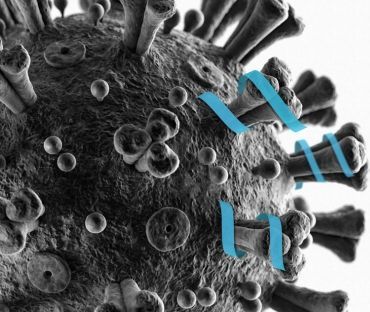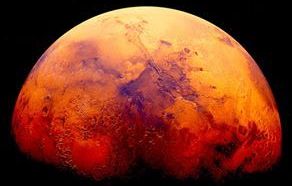As Americans took to the streets in protest and NASA astronauts took to the skies on a commercial spacecraft, some space fans had a question: “Can’t we just do space?”
In a world-first, an international research team, led by Monash University and ANSTO, has created an ultrathin porous membrane to completely separate potentially harmful ions, such as lead and mercury, from water.
Artist’s view of individual electrons interacting with an optical whispering gallery mode as it circles a silica sphere. The matching between the velocities of the electron and the light-wave it is riding changes the quantum state of the electron, illustrated as a wider halo. Credit: Dr. Murat Sivis.
The president also ordered a boost in the education of specialists in genetics and genome sequencing and the domestic production of necessary laboratory equipment, as well as tax cuts for biomedical research. Russia will also open world-class genome research centers which will, among their immediate goals, work on the development of treatments and vaccines for Covid-19.
The future database will be one of the tools that Russia hopes to use to assume a leading position in the biomedical industry. The government sees it as crucial for keeping the country competitive on the world stage going forward.
The Kurchatov Institute, which is best known for nuclear research, has been tasked with laying the foundation for the database, choosing the storage format and making tools for search and analysis. The institute has experience in the secure handling of large amounts of sensitive data and operates a number of data centers across Russia which are used for scientific collaboration projects.
The research described in this article has been published on a preprint server but has not yet been peer-reviewed by scientific or medical experts.
In hopes of developing a possible treatment for Covid-19, a team of MIT chemists has designed a drug candidate that they believe may block coronaviruses’ ability to enter human cells. The potential drug is a short protein fragment, or peptide, that mimics a protein found on the surface of human cells.
The researchers have shown that their new peptide can bind to the viral protein that coronaviruses use to enter human cells, potentially disarming it.
MIT chemists are testing a protein fragment that may inhibit coronaviruses’ ability to enter human lung cells.
IBM will no longer offer general purpose facial recognition or analysis software, IBM CEO Arvind Krishna said in a letter to Congress today. The company will also no longer develop or research the technology, IBM tells The Verge. Krishna addressed the letter to Sens. Cory Booker (D-NJ) and Kamala Harris (D-CA) and Reps. Karen Bass (D-CA), Hakeem Jeffries (D-NY), and Jerrold Nadler (D-NY).
“IBM firmly opposes and will not condone uses of any [facial recognition] technology, including facial recognition technology offered by other vendors, for mass surveillance, racial profiling, violations of basic human rights and freedoms, or any purpose which is not consistent with our values and Principles of Trust and Transparency,” Krishna said in the letter. “We believe now is the time to begin a national dialogue on whether and how facial recognition technology should be employed by domestic law enforcement agencies.”
Rice University scientists have developed an easy and affordable tool to count and characterize nanoparticles.
The Race to Mars in 2020
Posted in space travel
· Just now ·
A possible invasion of Taiwan has long been derided as the ‘million man swim’ because the Chinese Navy was not equipped to pull it off. That may no longer be the case.









